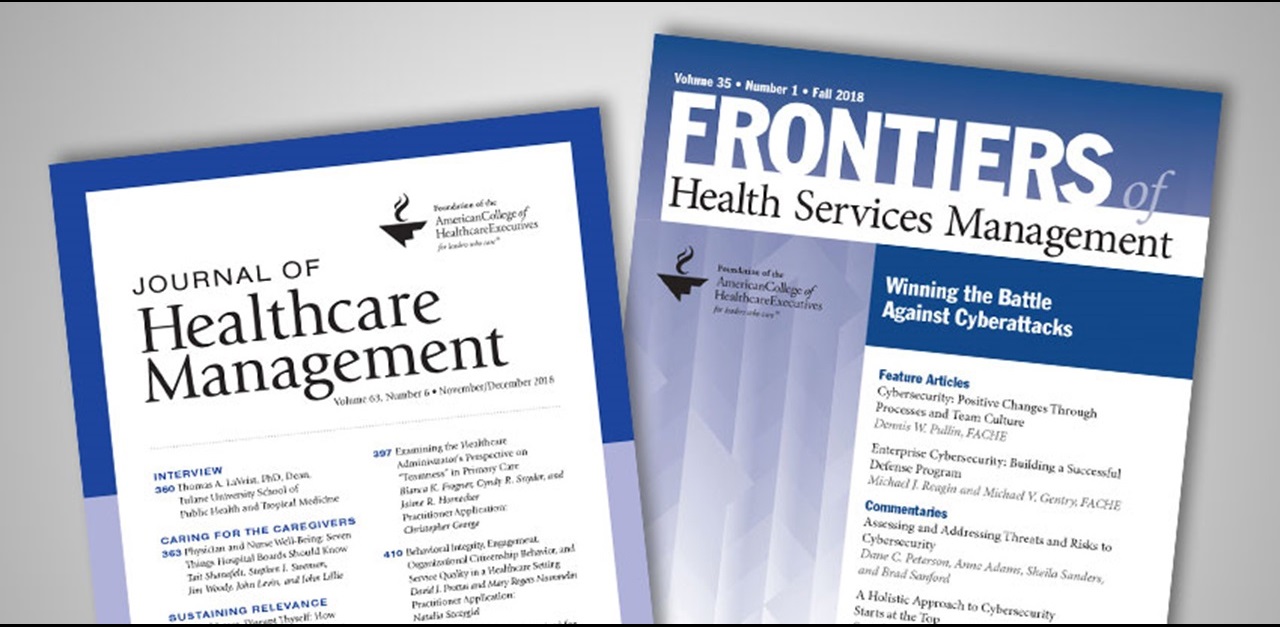ChatGPT, Mixtral AI systems show promise in detecting healthcare-associated infections

Editor's Note Based on the performance of two specific systems in detecting healthcare-associated infections (HAIs) in a recent study, artificial intelligence (AI) could help providers enhance surveillance, streamline tasks, and free staff to focus on patient care. Published March 14 in The American Journal of Infection Control, the study assessed…
Study deems EHR manipulation “elephant in the room” for OR scheduling accuracy

Editor's Note Reducing surgeon manipulation of electronic health record (EHR) OR scheduling systems can improve efficiency, save resources, and enhance service to patients, according to data published in the March/April issue of the Journal of Healthcare Management. Although predictive models using EHR and machine learning improve accuracy compared to traditional…
Report illuminates how AI transforms hospitals, healthcare

Editor's Note A paper published March 29 in the journal Bioengineering examines the growing integration of artificial intelligence (AI) into hospital and healthcare systems and the way in which it is augmenting clinical decision-making, optimizing hospital operation and management, improving medical image analysis, and transforming patient care and monitoring through…
Hospitals report robust margins, caution about potential near-term disruption

Editor's Note Data collected from more than 1,300 hospitals nationwide for Kaufman Hall’s National Hospital Flash Report shows strong margins—averaging 3.9% in February—but does not account for significant, near-term headwinds, according to a March 28 article from HealthLeaders. Revenue growth is primarily from outpatient care, and inpatient revenue continues to…
Universal Recall Platform Alliance centralizes supply disruption communications, calls for members

Editor's Note Medical recall software developer Notisphere is spearheading a collaborative effort among healthcare organizations to address inefficiencies with the recall alert communication process, reduce burdens on providers, speed regulatory compliance achievement by suppliers, and enhance patient safety. As noted in the company’s March 29 announcement, the Universal Recall Platform…
How gamification improves OR training, outcomes

Takeaways From mobile phone apps to immersive virtual reality surgery experiences, digital tools make healthcare training more interactive, more engaging, and more fun for everyone from nurses to surgeons. Modern procedures—including minimally invasive techniques and robotic surgery—require 50 to 100 cases for a surgeon to reach a safe proficiency level…
How data puts the ‘value’ in value-based care

What if a surgeon decided to perform a procedure on a patient that was not totally necessary? It happens more often that one might realize. As recently as August 2023, Forbes published an article that cited a Harvard Business Review report stating that over 50% of lumbar spine surgeries are…
AI’s pivotal role in transforming OR efficiency, now and in the future
Next-Gen Disruptors: Technologies Transforming the OR Installment #1, presented by LeanTaaS Surgical procedures are necessary steps in patient journeys—no one wants to have surgery, but most people will need it at some point for care continuity and better quality of life. To best support positive outcomes, optimal recovery periods, and…
Johnson & Johnson, NVIDIA promote artificial intelligence for the OR

Editor's Note Collaboration between Johnson & Johnson and Nvidia could soon enable surgeons to automate documentation by using artificial intelligence (AI) to scan video of procedures. CNBC reported the news March 18. Surgical video scans are just one possible application of the collaboration, with the report noting that “J&J’s MedTech…
Augmented reality headset, AI software streamline spinal surgery

Editor's Note An augmented reality headset provided a scrub team with a detailed, mixed-reality view of a microsurgical spinal procedures to streamline surgery at Cromwell Hopsital in the UK, according to a March 14 report in Fox Business News. The headset, an Apple Vision Pro, was linked to eXeX, described…

 Free Daily News
Free Daily News